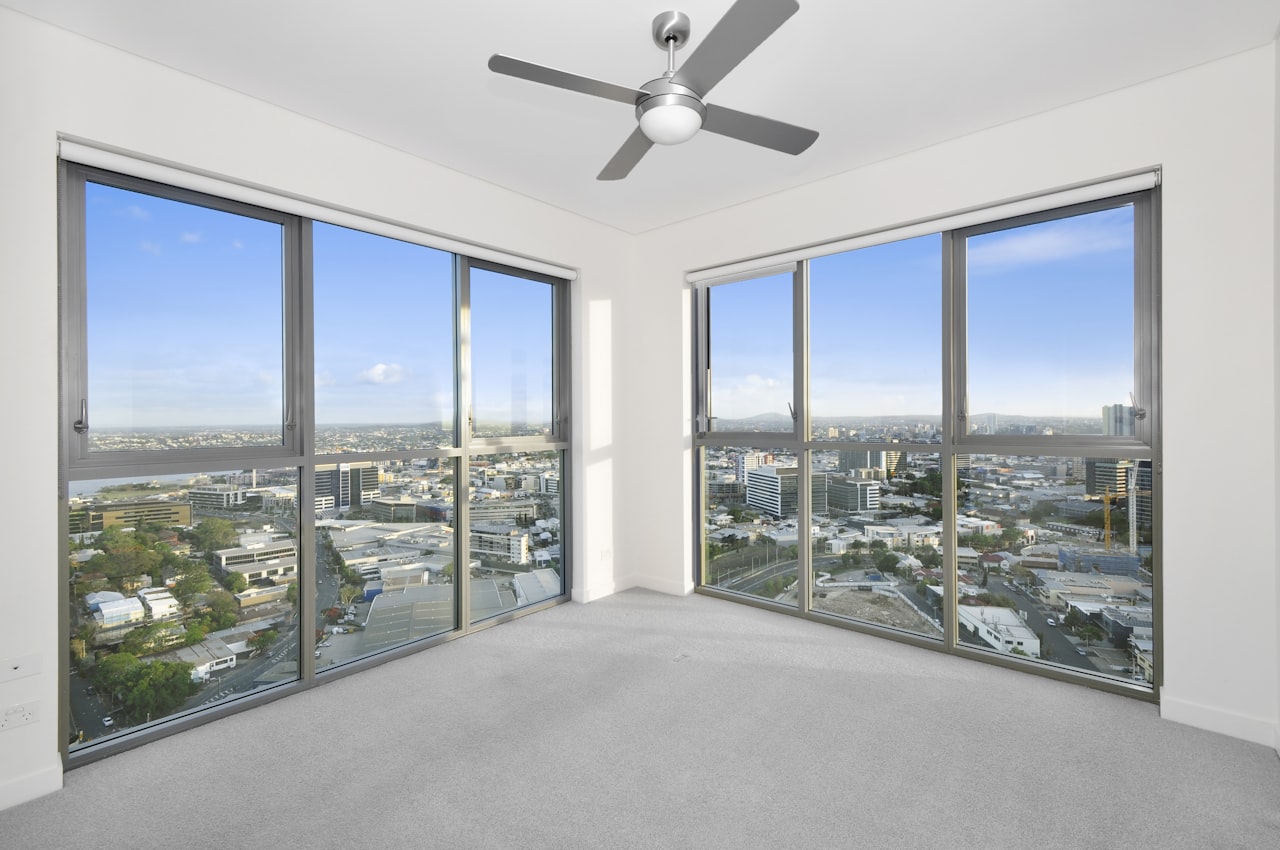With the quarter at a close, attention has shifted to New York City’s mayoral race, which has the potential to significantly influence real estate and investor sentiment. While it is too early to assess the full impact.. Notably, June began on par with last year, with 415 contracts signed from June 1 to 13, nearly identical to the 416 signed in the same period in 2024. However, the second half of the month saw a steep decline in activity, coinciding with the escalation of rising geopolitical tensions following the Israel-Iran conflict. Still, Manhattan’s long-term fundamentals, including limited supply, global relevance, and strong lifestyle drivers, remain consistent pillars of demand.
Nevertheless, New York’s real estate market continues to demonstrate remarkable resilience, reinforcing its status as one of the strongest markets globally.
Manhattan Real Estate Holds Strong in Q2 Amid Uncertainty: Manhattan’s residential market remained resilient in Q2 2025, with closed sales up 14.5% quarter-over-quarter and 5.2% year-over-year, despite broader economic and geopolitical headwinds. Cash deals accounted for a record-breaking 69% of Manhattan home buying in the second quarter of 2025… Many of those transactions are fueled by transfer of generational wealth.
Ultra-luxury deals soared 66.7% in the $10M+ range, led by cash-rich buyers—many relocating from California and Florida—seeking long-term value and lifestyle-driven properties. Condos continued to outperform co-ops, as demand centered on flexibility and rental potential.
Inventory rose modestly, but new listings dropped 14.1% as homeowners held onto low-rate mortgages, tightening supply and intensifying competition for turnkey homes. While contract activity dipped overall, the $3M–$5M segment jumped 18.4%, driven by buyers upsizing.
First-Time Homebuyers Squeezed Out as Rents Continue to Rise: A perfect storm of higher interest rates, elevated home prices, rising insurance, government intervention, and increasing real estate carrying costs has pushed many first-time buyers out of the sale market.
Meanwhile, the rental market is getting even tighter. After more than a year of nationwide oversupply, vacancy rates are falling, giving landlords more leverage to raise rents—primarily to offset their own rising operating expenses. In New York City, that pressure intensified following the implementation of the FARE Act on June 11, which requires landlords who hire their broker—not tenants—to pay broker fees. Though intended to reduce upfront costs for renters, the local law has had the opposite effect in the short term: median asking rents in Manhattan jumped nearly 16% overnight, while new rental listings per day fell by 55% year-over-year. With landlords likely baking broker costs into higher monthly rents, many tenants could end up paying more over the life of their lease.
This shift highlights a critical point: affordable homeownership remains the strongest long-term hedge against relentless rent increases. Calls to freeze rents may overlook the deeper issue—many renters simply lack access to ownership opportunities that could offer lasting financial stability.
Historically, about 2.1 million people became first-time buyers each year over the past two decades. In 2024, that number dropped to fewer than 1.2 million—a 47% decline from the long-term average.
Higher SALT Cap Could Boost Homebuyer Affordability: Raising the SALT (state and local tax) deduction cap from $10,000 to $40,000 could significantly ease the tax burden for many buyers—particularly in high-tax states. The increased deduction lowers taxable income, potentially reducing federal tax bills and freeing up after-tax dollars that buyers can use for down payments, closing costs, or higher mortgage payments.
In markets with steep property and income taxes, affordability has long been a barrier. A higher SALT cap helps offset these costs, making homeownership more attainable and possibly drawing buyers back to areas they once avoided due to tax concerns.
Trump May Shake Up the Fed: President Trump is frustrated with current Fed Chair Jerome Powell for not cutting interest rates quickly enough. Powell’s term ends in May 2026, but Trump is considering announcing his replacement much earlier—possibly this summer—to influence market expectations and put pressure on the Fed to start lowering rates sooner.
He's considering candidates who are more likely to aggressively cut interest rates, including Kevin Warsh, Kevin Hassett, and Scott Bessent. Trump wants someone loyal and willing to pursue very low interest rates to help boost the economy.
The bottom line is Trump wants cheaper borrowing to fuel growth and may announce a new Fed Chair well before Powell's term ends. We’ve seen homebuyers make purchases in the last year or two with this in mind. Although the timeline for a rate drop has been longer than most expected.
Office CMBS Delinquencies Hit Record High in June: The delinquency rate for office loans in Commercial Mortgage-Backed Securities (CMBS) surged by 49 basis points in June, reaching a historic high of 11.1%. This marks the first time the rate has exceeded the post-2008 peak of 10.7% and even tops the December 2024 high of 11.0%.
Since early 2023, the office CMBS delinquency rate has climbed an astonishing 9.5 percentage points, underscoring the deepening distress in the sector. In June alone, $1.8 billion in office CMBS loans entered delinquency, while $1 billion in previously delinquent loans were resolved. Across all sectors, the overall U.S. CMBS delinquency rate rose by 5 basis points to 7.13%—the highest level in at least four years.
The office sector has now firmly entered crisis territory, well beyond a typical bear market. We expect these delinquencies to fuel more and more office to residential conversions in the coming years.
As always, please reach out with any questions.






















































































